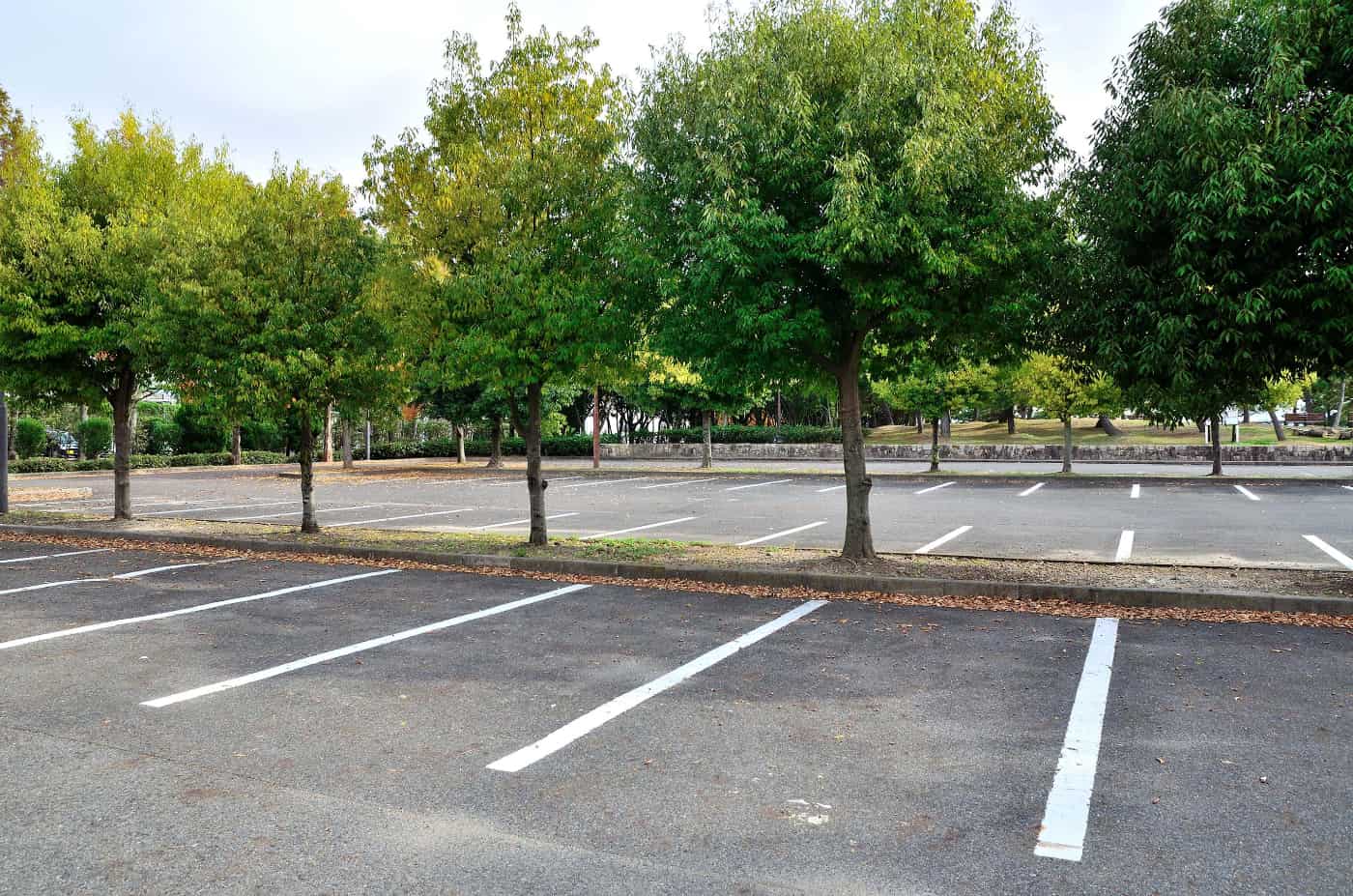When it comes to creating durable and long-lasting surfaces for roads, driveways, sidewalks, and other infrastructure projects, two common options are concrete and asphalt. In this blog, follow along as we dive into one of them—concrete—and explore exactly what concrete paving is, how it works, what its benefits are, and the process involved in its construction.
What Is Concrete Paving?
Concrete paving refers to the process of constructing a smooth and durable surface on the ground to create roads, driveways, walkways, parking lots, or other areas for vehicular or pedestrian use, using none other than concrete. This includes creating the paving material itself—using a mixture of cement, aggregates, water, and additives—as well as the placement and compaction of the concrete material to create a long-lasting pavement.
What Are the Benefits of Concrete Paving?
While different types of paving materials have their own characteristics, advantages, and considerations, concrete is among the most popular options for a few reasons.
For one, it offers exceptional strength and durability, and therefore high resistance to heavy traffic loads, harsh weather conditions, and regular wear and tear. It also provides a stable and reliable surface that can withstand the rigors of daily use while maintaining its structural integrity over an extended period.
Finally, concrete offers versatility in terms of design options and aesthetics, and can be customized to suit different project requirements and architectural styles. Concrete can also be stamped, stained, or patterned to resemble natural stone, brick, or other materials, providing a visually appealing surface.
What Does the Concrete Paving Process Look Like?
Concrete paving typically involves site preparation, which includes clearing and leveling the area, ensuring proper drainage, and preparing the sub-grade. The chosen paving material is then installed and compacted to create a solid and even surface. Additional steps may include jointing, sealing, and applying surface treatments to enhance performance and longevity.
While projects vary, you can expect the “process” for your concrete paving project to include several or all of the following key steps:
1. Concrete Mixing
The concrete mixture is prepared by combining cement, aggregates (such as sand and crushed stone), water, and sometimes additional additives. The proportions of these ingredients are carefully calculated to achieve the desired strength and workability of the concrete.
2. Transportation and Placement
Once the concrete is mixed, it is transported to the construction site using trucks equipped with rotating drums to maintain the mixture's consistency. The concrete is then placed onto the prepared sub-grade or formwork.
3. Compaction
To ensure the concrete is properly compacted and free of air voids, various methods can be employed, including the use of vibratory compactors, rollers, or hand tools. Compaction enhances the strength and density of the pavement.
4. Finishing
After compaction, the concrete surface is finished using tools such as screeds, floats, and trowels. This process levels and smooths the surface removes imperfections, and creates the desired texture.
5. Curing
Curing is a crucial step that involves maintaining adequate moisture and temperature conditions for the concrete to develop its full strength. Various curing methods can be used, such as covering the surface with curing compounds, using moisture-retaining blankets, or applying water spray.
6. Jointing and Sealing
Concrete pavements are designed with joints to allow for expansion and contraction due to temperature changes. These joints are either formed during the paving process or saw-cut afterward. Joint sealing may also be applied to prevent water infiltration and maintain the pavement's integrity.
By working with a professional concrete paving contractor who can follow these steps to the letter, your concrete paving can produce a robust and aesthetically pleasing surface that’s guaranteed to meet the demands of your paving project.
How Much Does Concrete Paving Cost?
While each project is unique, you can get a general idea of how much your concrete paving project might cost by assessing the various factors that can influence the cost, such as project size (based on the square foot of concrete you need), the complexity of the project, and the thickness and type of concrete required for the pavement, and whether it needs reinforcement. You should also keep in mind that the condition of the site and the amount of necessary site preparation work, such as grading, excavation, or removal of existing pavement, can affect the cost, as well as local labor and material costs.
To get an accurate estimate for your specific concrete paving project, you can contact a professional paving contractor in your area who can assess your project requirements and provide a detailed cost breakdown.
Learn More About Concrete Paving in Austin and San Antonio
Are you considering a concrete paving project in Austin or San Antonio? Look no further than Lone Star Paving! Our team of professional concrete paving contractors has the expertise to handle all your concrete paving needs! Whether you have questions about the process, materials, or design options, we can provide you with answers and guidance at every step of the way. Plus, we’ll take the time to understand your project requirements and provide you with recommendations tailored to your specific needs.
Don't hesitate to reach out today for more information or to request an obligation-free quote!

